KEEP NEWS
Humber College Official Visits KEEP and RAIL to Strengthen Partnership
Published: 12 Apr 2025
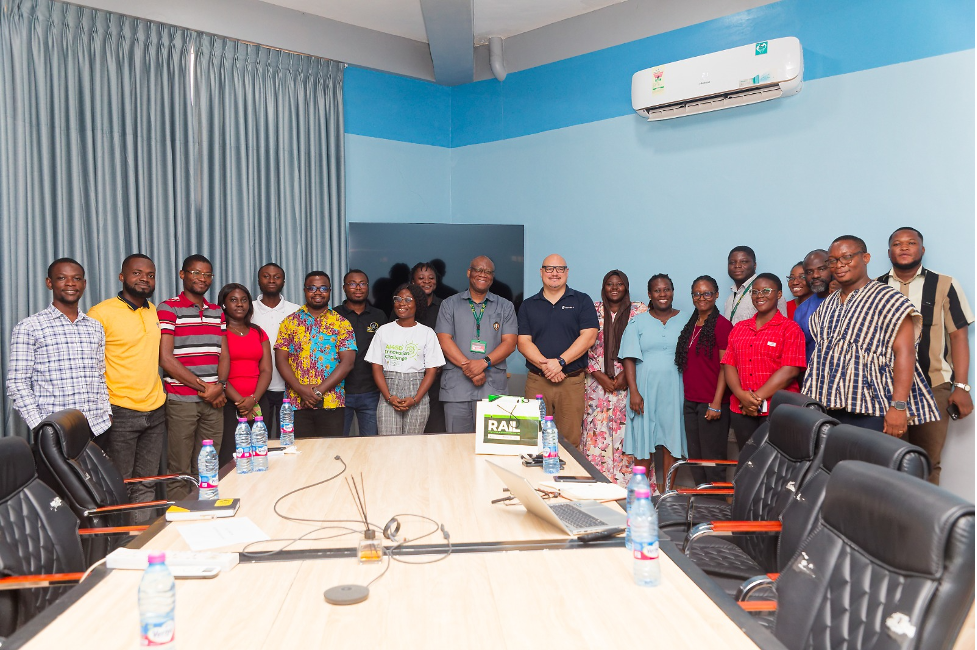
Mr. Alex Prokopenko, International Programmes Officer at Humber College in Toronto, Canada, paid a working visit to the KNUST Engineering Education Project (KEEP) and the Responsible AI Lab (RAIL) on April 10, 2025. The visit aimed to explore avenues for collaboration following the Memorandum of Understanding (MoU) signed between the two institutions.
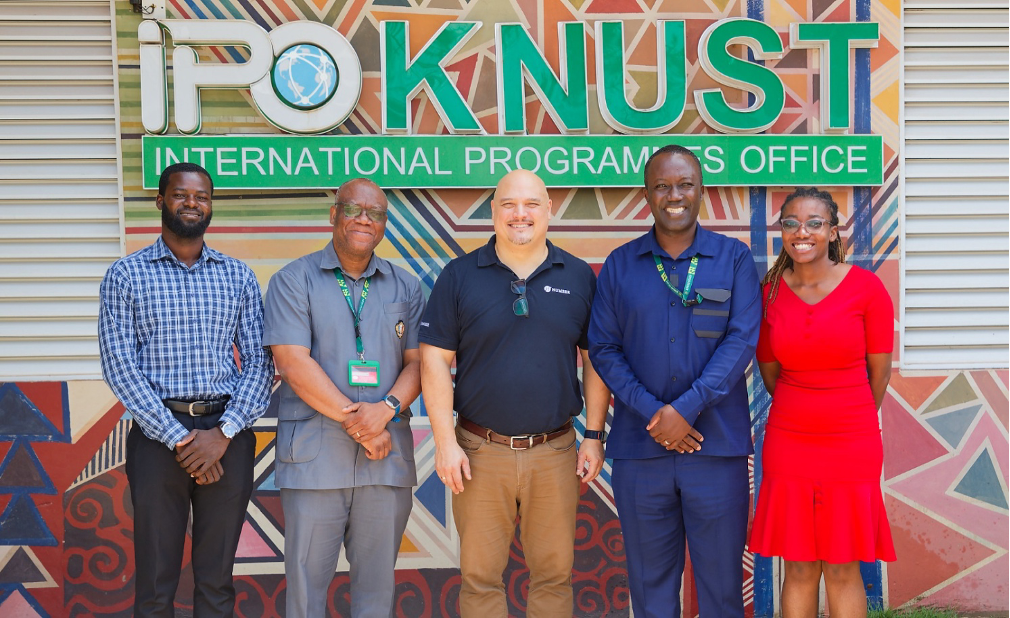
Mr. Alex Prokopenko visited the International Programmes Office (IPO) of Kwame Nkrumah University of Science and Technology (KNUST), where he was welcomed by Professor Daniel Yaw Addai Duah, Dean of the IPO.
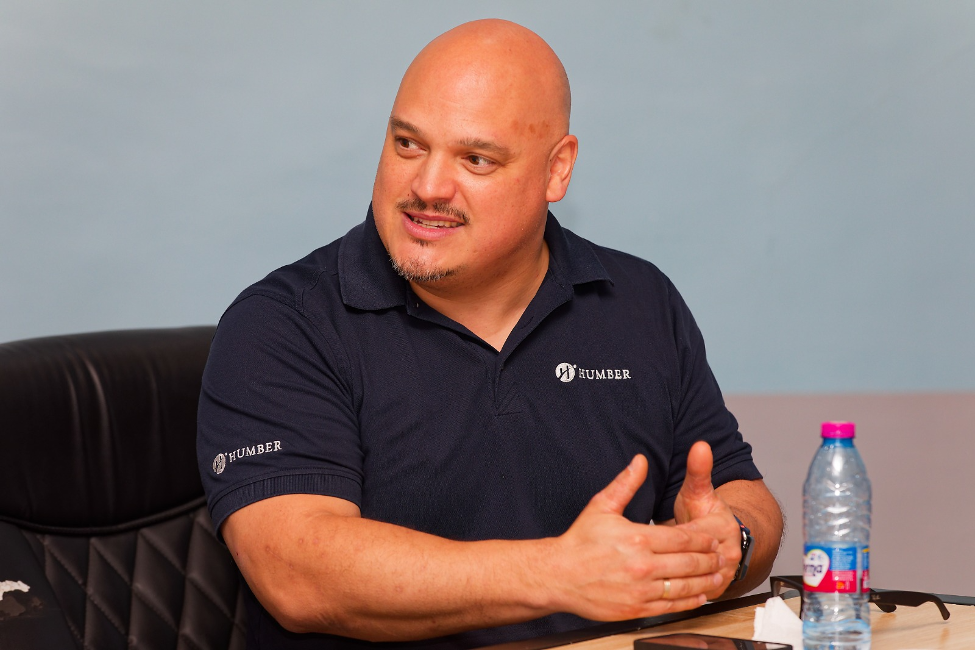
During the engagement, Mr Alex Prokopenko introduced Humber College’s international strategy, which is built around international development projects, student and faculty exchange and business development. He described Humber’s polytechnic approach as a blend of academic rigour and industry relevance, where students engage with real-world challenges through hands-on learning and innovation. “We prioritise partnerships that give our students practical exposure and connect them directly to industry,” he said.
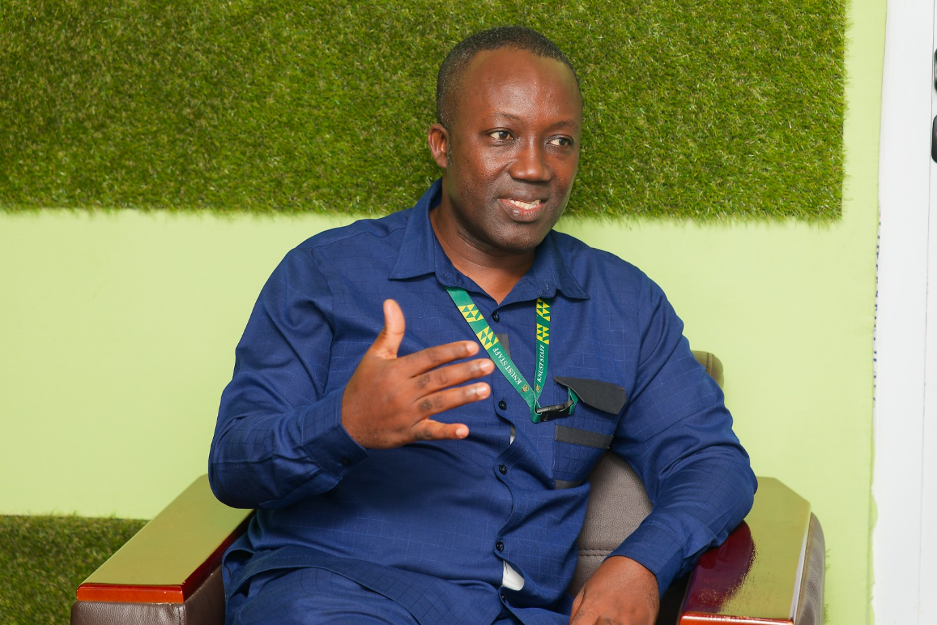
Prof. Duah reaffirmed the university’s commitment to international partnerships that drive practical and transformative outcomes. “For us, partnerships are not ceremonial; they are essential to our growth, international exposure, and innovation capacity,” he said. He later introduced the various faculties and colleges and discussed potential areas of interest for both institutions.

After visiting the IPO, he went to KEEP for a meeting, where he was welcomed by Prof. Jerry John Kponyo, Project Lead for KEEP and Principal Investigator of RAIL, along with a team of researchers, theme leads, students, and staff. The meeting began with presentations from thematic leads, highlighting the range of research and practical work in the lab.
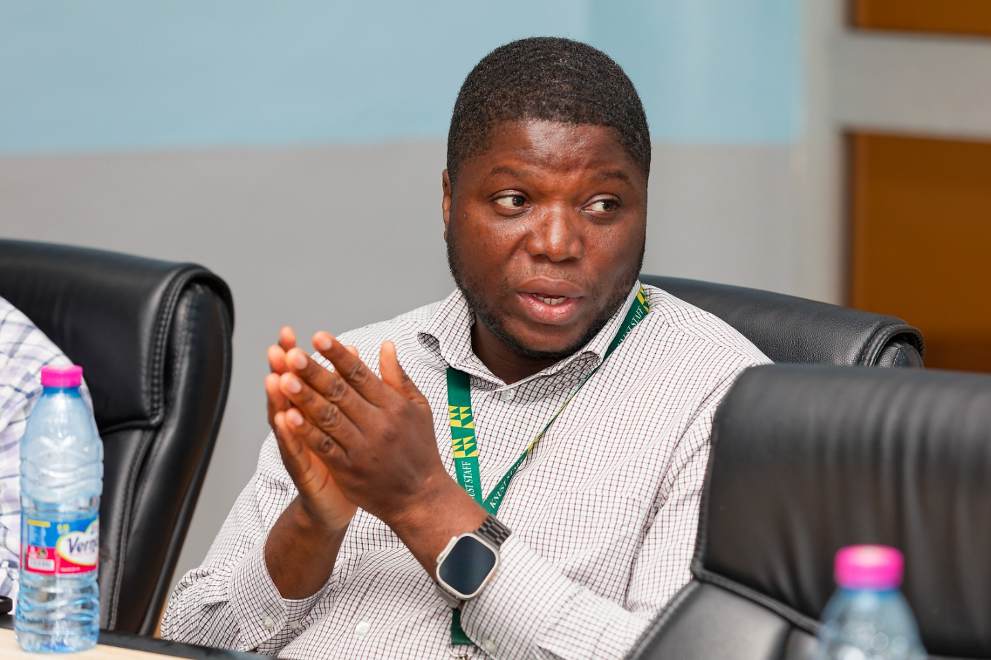
Dr. Eric Tutu Tchao, who leads both the Digital Development and Transformation (DDT) theme and AI in Agriculture, detailed how artificial intelligence and digital tools are being deployed to address real developmental gaps. Under AI in agriculture, he presented machine learning models that diagnose crop diseases using images taken with mobile phones. These models are designed specifically for the local environment and translated into indigenous languages. “We are building tools for farmers who may never see an agricultural extension officer,” he said. “Through a simple smartphone, they can identify diseases early and apply locally recommended treatments, often using traditional knowledge digitised into the model.”
In the digital development space, Dr. Tchao highlighted projects focused on enhancing digital access for marginalised groups. One such initiative involves using blockchain technology to build financial profiles for unbanked populations, particularly women in remote areas who trade using mobile money but lack access to formal banking systems. “By capturing mobile money transactions and logging them on a blockchain, we can build a credit history that banks can trust,” he explained. “This opens a path to financial inclusion for people long excluded from the formal economy.” He also shared the team’s work on cybersecurity training, tailored for low-resource settings, and their development of AI-powered assistive technologies for individuals with disabilities, including smart canes and vision-enhanced mobility devices.
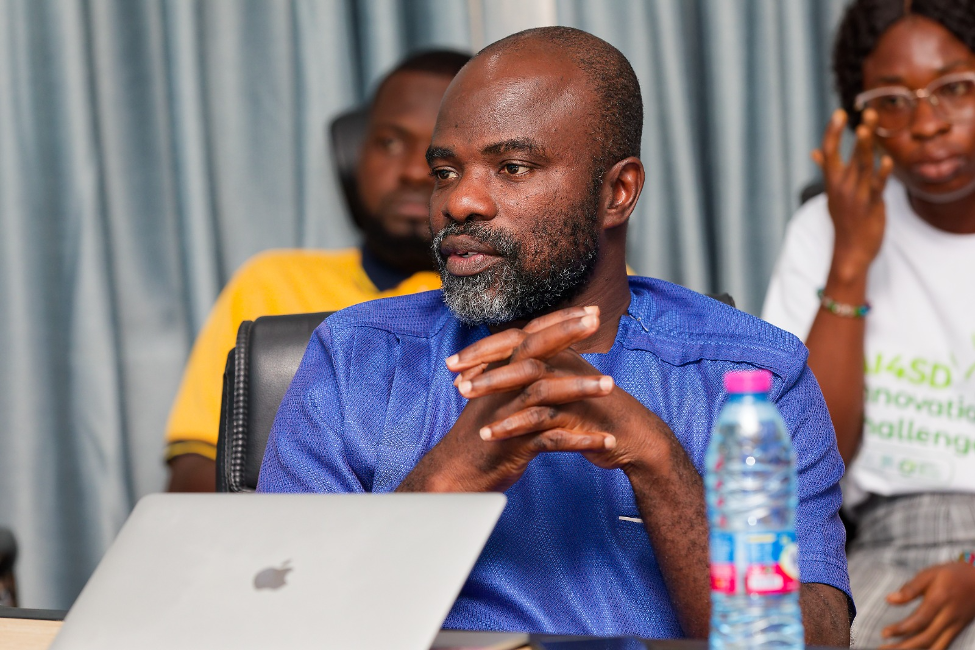
Prof. Francis Kemausuor, lead for the AI in Energy, described how machine learning is being applied to forecast energy demand in off-grid and island communities across Ghana, especially regions often overlooked in national energy planning. “We’re building predictive models that help anticipate future consumption patterns,” he said. “This allows government and utilities to better plan grid extensions or deploy renewables where needed most.” He also mentioned ongoing work on fault detection in transformers, using AI to prevent outages and extend equipment lifespan.
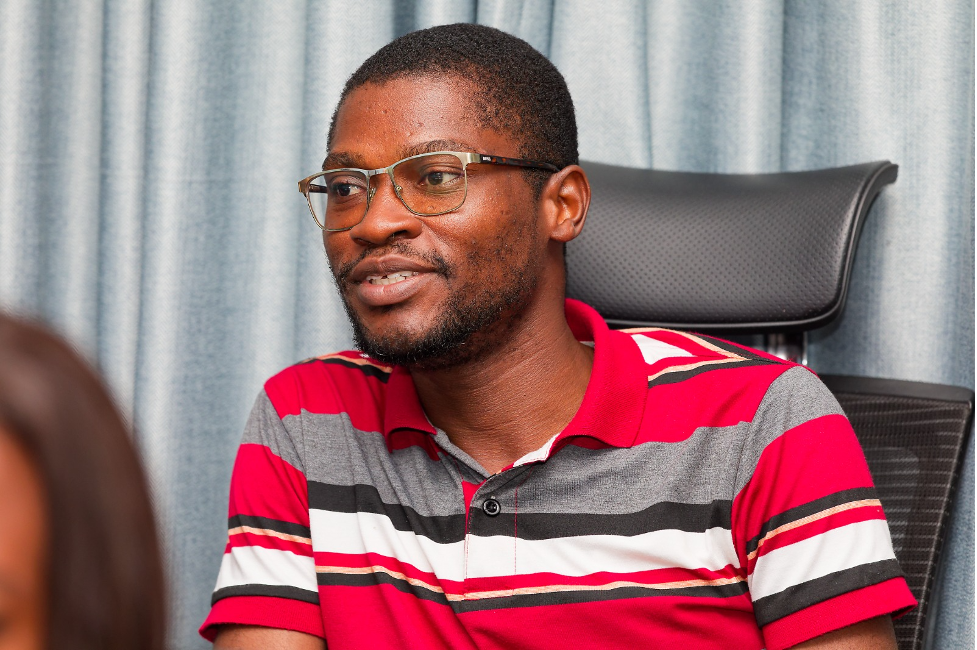
Research assistants and graduate students presented further innovations. Albert Dede talked about an AI-based diagnostic system that assists pathologists in identifying cancers from high-resolution tissue slides. The tool is designed to run efficiently on low-cost devices, making it viable for health facilities with limited computing resources.
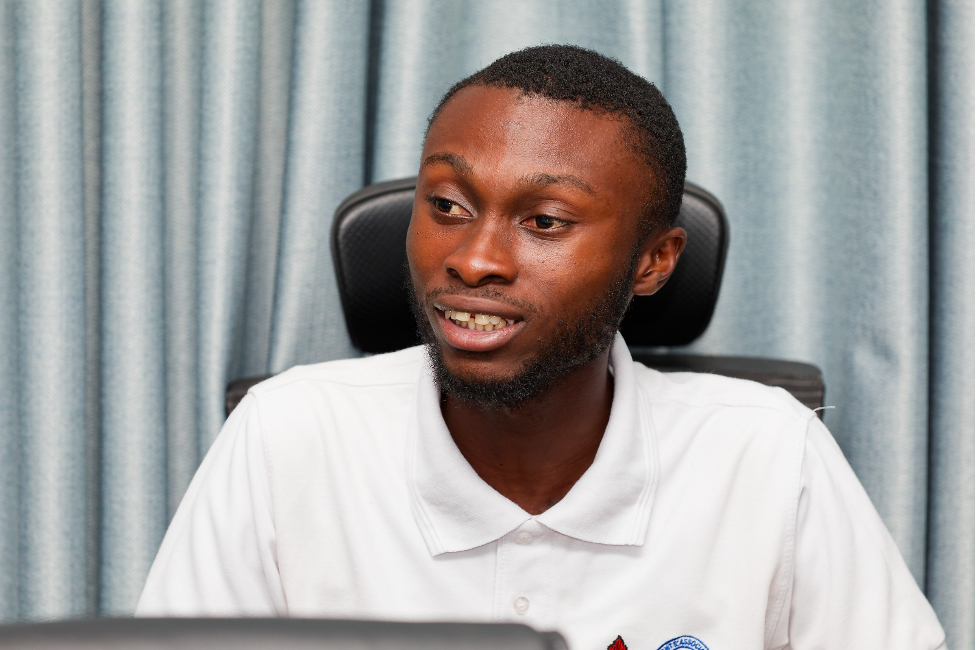
Another team led by Dickson Marfo Fosu spoke about a smart wheelchair prototype equipped with computer vision to detect obstacles and navigate environments autonomously, offering greater independence to visually impaired users. Other projects include AI-driven models to detect local accents, AI-driven models for medical image translation, allowing CT scans to be transformed into MRI-equivalent visuals for patients unable to undergo MRI procedures due to implants or cost, and robotics kits developed for pre-tertiary schools as part of outreach to stimulate early interest in STEM. Combined with training and mentorship, the kits are already being deployed in selected schools.
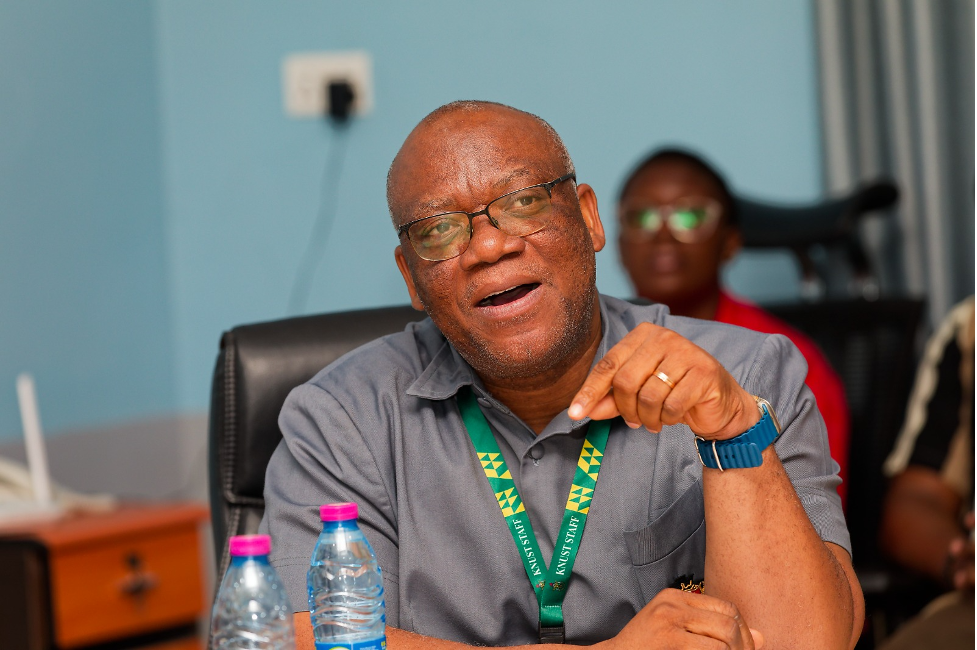
After the presentations, the discussion turned to the next phase of collaboration under the MoU. Prof. Kponyo outlined a roadmap of joint activities, including collaborative student research projects, a robotics challenge involving teams from both institutions, short-term exchange programs, and a mentorship scheme pairing Humber and RAIL/ KEEP students and faculty. “We’re not here to check boxes,” he said. “We want to build real partnerships that shape lives, solve problems, and create opportunities.”

Mr. Alex Prokopenko welcomed the proposals and added Humber’s commitment to co-developing grant proposals, building interdisciplinary teams across campuses, and facilitating short-term exchange visits that immerse students in shared innovation projects. “This visit has confirmed the potential we saw when the MoU was signed,” he said.
With the foundations laid and both institutions aligned in vision and values, the partnership between Humber College and KEEP/RAIL now enters a phase of active collaboration.
